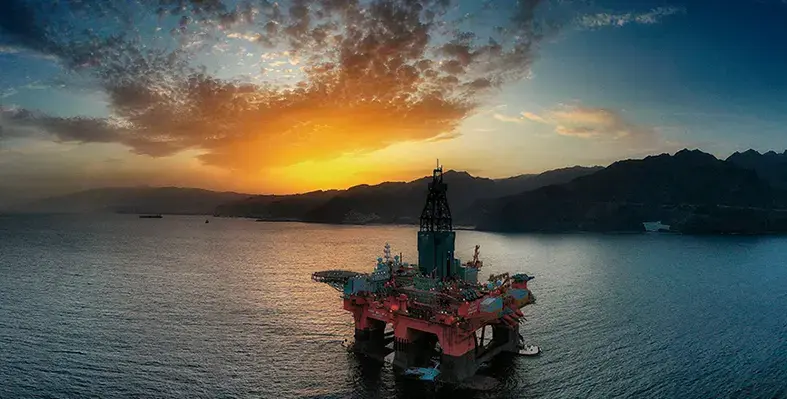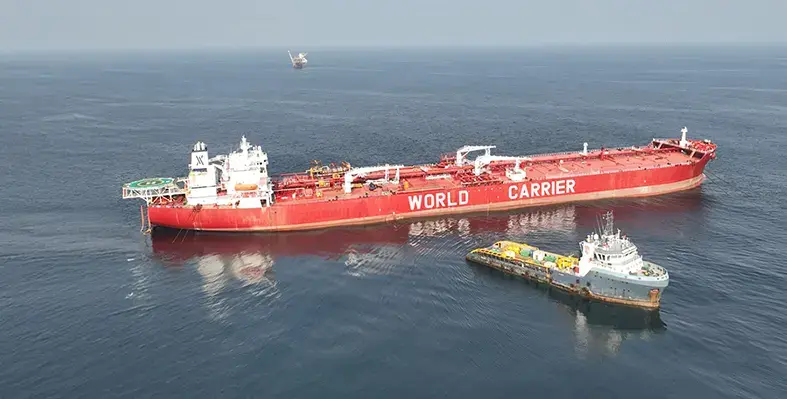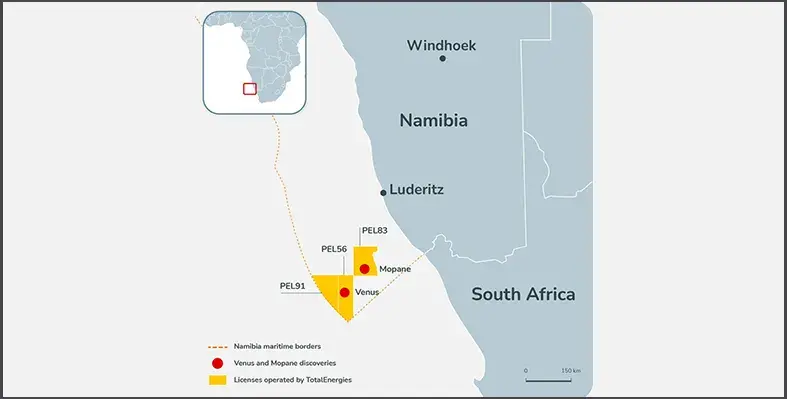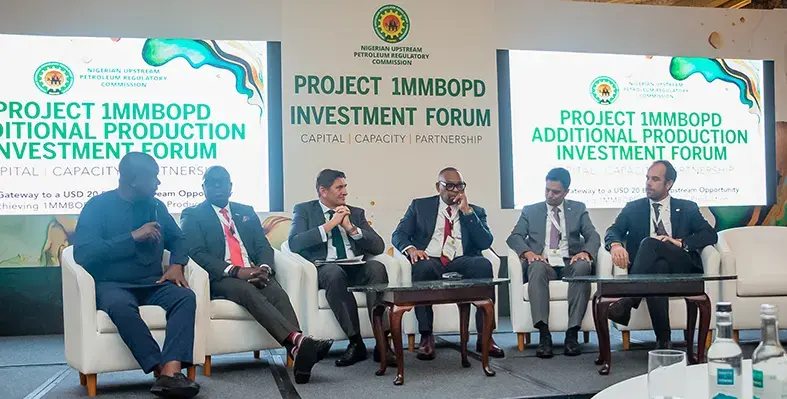The Angolan offshore draws in more investors as BW Energy and Maurel & Prom have decided to be partners in one of the most prominent ventures in the region, Azule Energy
Both the parties have formed a consortium and signed an agreement for a combined acquisition of 20% non-operated interest in Block 14 and 10% in Block 14K offshore Angola. In other words, BW Energy’s net share will be 10% in Block 14 and 5% in Block 14K.
Confirming that the company will be holding 10% in Block 14 and 5% in Block 14K alongside Maurel & Prom, whose experience it values, BW Energy's CEO, Carl K. Arnet said, “The entry to Angola is a key step in BW Energy’s West Africa growth strategy and provides further diversification of our resource base. Firstly, we see clear upsides beyond the current production in Block 14. And, more importantly, we build a position for potential future operated development opportunities in the country.”
“Angola is a mature hydrocarbon basin with an active M&A market and strong political support for the energy sector. We see attractive opportunities for BW Energy to apply our strategy of developing proven reserves and stranded assets through the re-use of existing energy infrastructure to unlock significant value over time,” he added, establishing the company’s long-term regional growth strategy in Angola.
Block 14 is a mature deepwater asset comprising nine producing fields, while Block 14K is a tie-back to the main block. The asset is operated by Chevron, and the licence currently runs to 2038. Gross production is approximately 40 kbopd, with net to BW Energy at 4 kbopd. Current producing reserves are estimated at 9.3 mmbbls net to BW Energy, with several identified opportunities to further increase recoverable volumes. Abandonment and decommissioning costs are covered by existing provisions.








